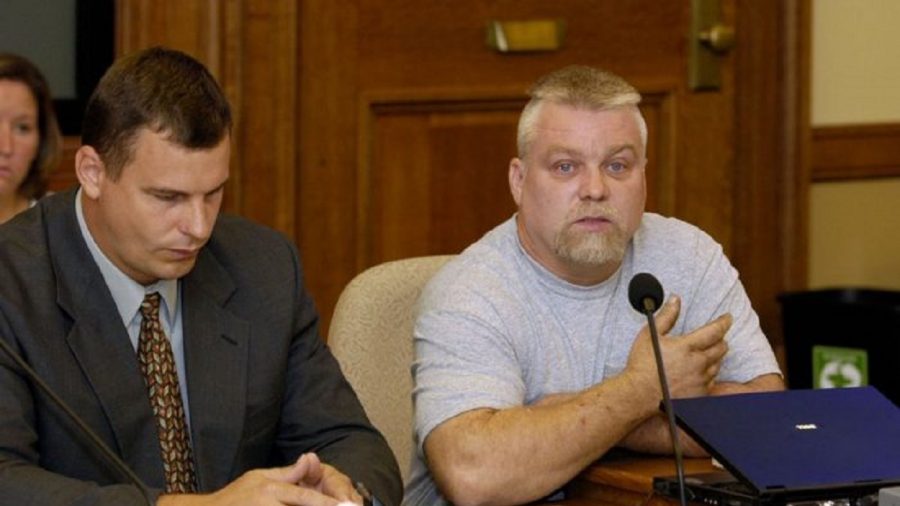Steven Avery, whose case drew nationwide attention through the Netflix show “Making a Murderer,” has won a motion to present new evidence related to the 2005 murder of photographer Teresa Halbach.
Avery and his nephew, Brendan Dassey, were convicted in 2007 of killing Halbach and are serving life sentences in prison.
Kathleen Zellner, Avery’s attorney, submitted the motion, arguing that authorities mishandled evidence in the case.
The Wisconsin State Court of Appeals decided to grant the admission of new evidence, reported WLUK this week.
Zellner wants bones found in a gravel pit off of the Avery property in Wisconsin to be tested. If they are Halbach’s, Zellner says the new evidence would undermine the prosecution’s theory that Halbach was killed and burned on the Avery property.
She also said that the bone fragments were returned to the Halbach family without Avery’s defense being notified. If true, it would be a violation of Avery’s due process rights, she added.
“The State, without notifying Mr. Avery and his attorneys and during the pendency of Mr. Avery’s direct appeal, caused material and potentially exculpatory evidence to be transmitted to the Halbach family for its potential destruction by cremation or burial,” she wrote in the motion.
“The State by its actions has implicitly admitted that the bones are not only human, but that they belong to Ms. Halbach. The State cannot credibly argue that it returned animal bones to the Halbach family for burial or cremation. The State’s actions demand that further proceedings be conducted to determine if Mr. Avery’s due process rights have been violated and if the State acted in bad faith in returning the suspected human bones to the Halbach family.”
The state had opposed the motion. Attorney General Joshua Kaul said that an appeal filed in the case should be decided upon first.
What Comes Next For ‘Making A Murderer’s’ Steven Avery? Here’s How Avery Could Be Exonerated https://t.co/Ew5WqSdimk
— Kathleen Zellner (@ZellnerLaw) February 24, 2019
“This appeal has been languishing for over a year. If Avery no longer wished to challenge the denial of his previous motions, but instead litigate an entirely new motion, he can voluntarily dismiss this appeal and pursue that action in the circuit court,” Kaul wrote (pdf).
“It is inappropriate, however, for Avery to continue to ignore the Wisconsin rules of procedure—to which every other defendant and the state are expected to adhere—and perpetually delay this appeal by repeatedly seeking remand for litigation of issues unrelated to the circuit court’s denial of his motions.”
The state’s response didn’t address any of Zellner’s claims regarding the bone fragments. The state also hasn’t responded to the ruling that Avery’s team can present new evidence.
Avery Update: We Won!!!!!! Back to the circuit court. #TruthWins @llifeafterten @ZellnerLaw @TManitowoc @michellemalkin #MakingaMurderer
— Kathleen Zellner (@ZellnerLaw) February 25, 2019
There are only 2 other cases in Wisconsin where the appellate court remanded during a pending post-conviction appeal to allow a party to add new evidence—& those 2 were not contested like ours. Very rare. Very good sign for SA. @Newsweek @michellemalkin #BadJudgesGetReversed
— Kathleen Zellner (@ZellnerLaw) February 27, 2019
Zellner took to Twitter to celebrate the ruling.
“We won! Back to circuit court,” she said. “Truth wins.”
On Feb. 26, she added: “There are only 2 other cases in Wisconsin where the appellate court remanded during a pending post-conviction appeal to allow a party to add new evidence—& those 2 were not contested like ours. Very rare. Very good sign for [Avery].”
She told Newsweek that the approved motion could lead to her client being exonerated.


